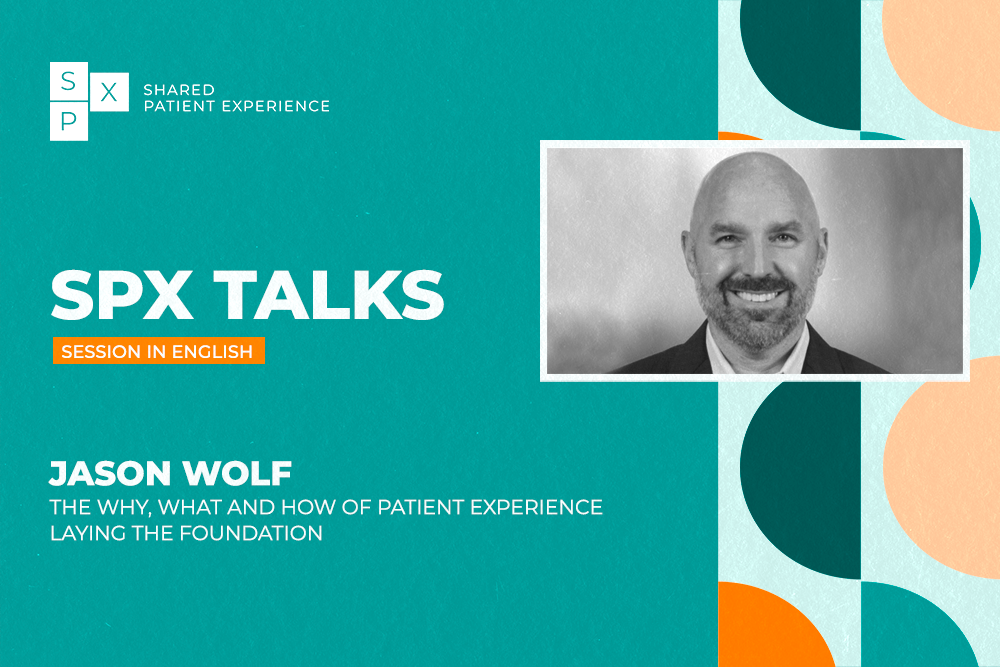
Getting to patient-centred care in a post-Covid-19 digital world
This article discusses the issue of patient-centred care, in terms of the practices that have emerged to make this principle operational, the way in which current organisations approach the issue, and the follow-up to be given to continue in this area.
The evolution of the patient-centred approach
Almost twenty years ago, the Institute of Medicine (IOM) published a report which highlighted that a lot of progress had been made in the field of health care, but that improvements were still needed in human skills and innovation, that reconfigure care relationships and the way patients are “taken care of”. The report called out six improvement efforts essential for health care to reach its full potential: such a system must be safe, effective, patient-centred, timely, efficient and equitable. A few years later, the Picker Institute produced a report that identified pragmatic dimensions that healthcare organisations needed to work on in order to develop patient-centred practice. Almost two decades after the IOM, we come to the current approach to patient experience, which has been greatly influenced by it. In particular, the COVID-19 epidemic has drawn attention to a number of pre-existing deficiencies, which have become more evident due to the acute nature of the context. The article aims to revisit some of these shortcomings and propose pragmatic actions that allow each healthcare organisation to respond to these crucial challenges at its own level and evolve towards a truly patient-centred practice.
Addressing systemic dissatisfaction
The factors that positively influence the patient experience largely correspond to communication between the patient and the team, and their participation in the care plan.
Conversely, the factors that negatively influence the patient’s experience generally correspond to a lack in the following areas:
- Ease of use:
- Access to information, professionals and services:
- Access to data through a patient portal remains limited. The advantage of portals is that patients can do certain tasks whenever they want: requesting refills or making an appointment without having to make a phone call. The average wait for an appointment for a new patient was 24 days in a large metropolitan area. However, patient preferences for primary care show that the number 1 attribute, in both 2014 and 2019, was the possibility of being seen without an appointment, and being guaranteed to be seen within 30 minutes.
- In addition, patients almost always wait during their consultations. Faced with a wait without an explanation, the brain will make its own interpretation: for patients, it may be “they don’t care about me” or “they forgot I was there”.
- Cost access
- According to a 2017 Health Affairs study, 52% of patients did not know the price of the service before they received treatment. In many healthcare systems, this can be a factor of great anxiety and a deterrent to accessing care and referral of patients. Therefore, developing a clear pricing policy and displaying this information in a way that is understandable to patients becomes challenging. Hospitals and healthcare workers will never exceed expectations of healthcare consumers until the costs are transparent to patients.
- Responsiveness: Here we need to understand the ability to meet patient expectations in an efficient and structured manner. For health centres, this involves developing and monitoring measures, choosing indicators that reflect specific responses to grievances (for example: time-to-treat instead of time-to-appointment).
- Safety:
- Patient participation in safety can result in the collection of information from them, and discussion on and reconfiguration of services based on these measures, as in the case of PROMs for example.
- Shared clinical decision-making to the extent the patient wishes to be involved.
- Finally, when mistakes happen in a hospital system, transparency is key. Disclosing the event to patients and families in a timely manner is known to decrease lawsuits and build trust.
- Access to information, professionals and services:
- Teamwork:
- Innovative experiences, such as including patients in the daily shift report, carried out at the bedside, allow their preferences to be taken into account and include them in the care plan. With the current epidemic, many of the treatments previously carried out in the hospital have been interrupted and it is important to reproduce this type of collective decision in the new ways of organising care.
- At Cleveland Clinic, it has been observed that when the whole healthcare team (physician and caregivers) and the patient come together to discuss the care plan, patient satisfaction surveys show highly significant improvement. This is not a new concept, but multidisciplinary care is a good example of we want to promote, but that does not yet happen systematically.
- Empathy:
- A deep interest in a person’s emotional state, necessary for empathic connection, is fundamental for patients to feel cared for. Listening to the wishes of patients and customising their care is important.
- It is important to note that most surveys do not ask direct questions about the experience of empathy felt by patients; this is reported by patients (or from caregivers as patients) and surveys must evolve to ask questions about this parameter.
- Identifiable elements of progress: the expression of words that show the patient the importance placed on their health status and the results of the care provided, the customisation of the type of requests that may (or may not) be given to the patient and structuring care pathways in end-of-life situations are signs of this empathy that need to be promoted.
Based on the gaps identified in patient-centred care approaches, a bold new measurement approach is proposed to holistically capture the patient experience, which includes topics such as access, shared decision-making and safety, partnering with patients, empathy and customised care. The proposal in this approach is pairing subjective patient feedback / input with objective metrics so that rather than looking for scores based on perception, it is possible to demonstrate operational achievements that actually move an organisation towards patient-centred care.
Since the onset of Covid-19, thanks to virtual platforms and apps that have been put in place between clinicians and patients, patients usually do not have to be touched any more, physically or emotionally. But we must build a future in which we do, and now. Together, with or without Covid-19, it’s about revolutionising patient-centred care to create person-centred care.
Source: Adrienne Boissy, MD, MA. Getting to Patient-Centered Care in a Post– Covid-19 Digital World: A Proposal for Novel Surveys, Methodology, and Patient Experience Maturity Assessment



